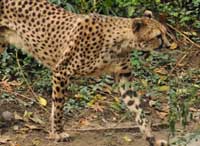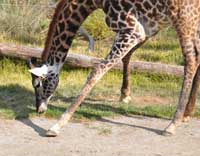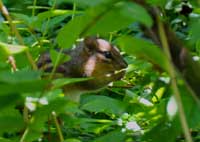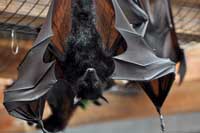Skip to content
Anatomical features which have the same developmental origin, but have a variety of developmental outcomes.




Examples
The embryonic limb bud can become a bat wing, whale flipper, horse leg, or human arm.
The embryonic claw can become eagle talons, primate finger nails, or ungulate hooves.
The epidermis of the skin can produce reptile scales, mammal hair, or bird feathers.
(also consider variations in tongues, tails, skulls, stomachs, lungs, or gill arches)
Note: Anatomical features which are very similar in appearance in two or more divergent taxa are called analogous structures. Evolutionary explanations for analogous structures include both homology and homoplasy. The concept of homoplasy is also known as convergent evolution. In this case the two lineages with analogous structures do not share any common ancester having the trait.



